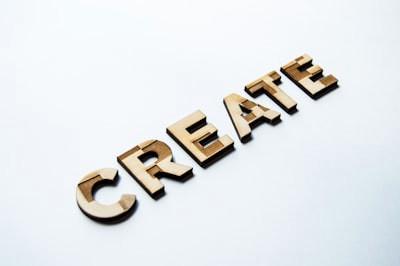Gamification - How to Create Engaging User Experiences
Curated from: interaction-design.org
Ideas, facts & insights covering these topics:
5 ideas
·1.04K reads
15
Explore the World's Best Ideas
Join today and uncover 100+ curated journeys from 50+ topics. Unlock access to our mobile app with extensive features.
What is gamification?
Games have existed probably for more than 3000 years, the first we can recollect being the invention of rolling the dice in Persia.
However, gamification is a different term, which is defined by including the game experience in elements that are naturally not necessarily all fun and games.
39
300 reads
Basic principles of game fun
In order for a game to be fun, it has to respect four principles:
- it is tied to a goal: every goal has an outcome in mind, a definition of win or lose or of finding something
- it has rules: every game has constraints that its players has to know and respect in order for the game to exist
- feedback: there is constant feedback on how you are progressing in the game
- voluntary participation: what makes it fun is that it is not mandatory to play it, and people can choose not to enter it or start it whenever they want
47
194 reads
The easiest way to boost endorphin release with gamification is create situations where your users will feel they have achieved something.
Rather than giving rewards for clicking buttons, you need to create challenges that actually require skill and effort to complete. If they feel they have worked hard, they will get that feeling of fiero and with luck a hit of endorphins.
ANDRZEJ MARCZEWSI, FOUNDER OF GAMIFIED UK
40
199 reads
The 3Ms of Gamification
- Manage the mission: whenever using gamification, it is crucial to have a mission tied to it (e.g. we want our gamification to result in 80% of people coming to our platform 1 week after onboarding)
- Monitor motivation: at each step, understand what motivates the user and if your game mechanics are applied correctly
- Measure the metric: at each step, measure where you are compared to the original mission
43
179 reads
Player-Centered Design
There are different types of players in a game with different motivation:
- The Achiever - the objective is to collect accomplishments among the way and showcase status (10% of people)
- The Explorer - he/she wants to discover and learn new things (10% of people). Likes to gradually discover new areas and skills
- The Socializer - wants to collaborate with others, the objective is to achieve things but not on their own, rather in teams (70-80% of people)
- The Killer - want to see other people lose and he/she winning compared to them (1% of people)
50
169 reads
IDEAS CURATED BY
User Researcher, passionate about behaviours and building the right products. I 'stash' about research, self-development and education.
CURATOR'S NOTE
Gamification can boost engagement in a product if tied to the right motivation
“
Magda Mihalache's ideas are part of this journey:
Learn more about problemsolving with this collection
How to break bad habits
How habits are formed
The importance of consistency
Related collections
Similar ideas
9 ideas
Get Your Product Used: Adoption and Appropriation
interaction-design.org
17 ideas
Why Gamification is Important & Its Benefits
spinify.com
4 ideas
Read & Learn
20x Faster
without
deepstash
with
deepstash
with
deepstash
Personalized microlearning
—
100+ Learning Journeys
—
Access to 200,000+ ideas
—
Access to the mobile app
—
Unlimited idea saving
—
—
Unlimited history
—
—
Unlimited listening to ideas
—
—
Downloading & offline access
—
—
Supercharge your mind with one idea per day
Enter your email and spend 1 minute every day to learn something new.
I agree to receive email updates





